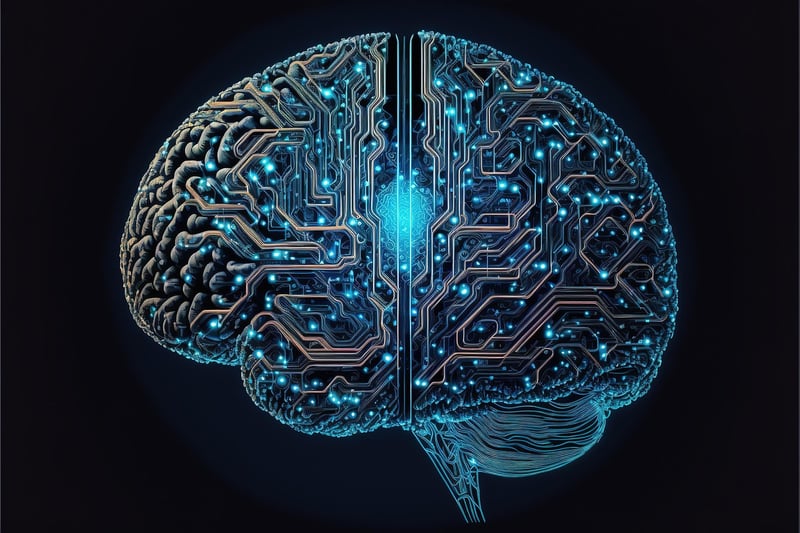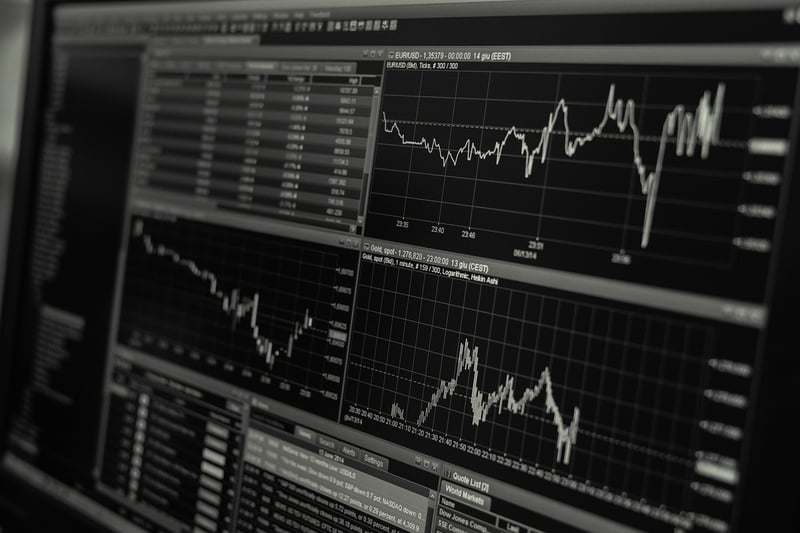Learning rate tuning
Optimizing Model Performance and Learning Rate Tuning
Machine learning models require tuning and optimization to achieve their best performance. One crucial aspect of this process is fine-tuning the learning rate, which can significantly impact the model's accuracy and convergence speed. Let's delve into how you can optimize your model's performance through learning rate tuning.
Understanding Learning Rate
The learning rate is a hyperparameter that controls the step size during the optimization process of training a machine learning model. It determines how much the model weights are updated during each iteration. Setting an appropriate learning rate is essential for achieving faster convergence and better accuracy.
Methods for Learning Rate Tuning
- Manual Tuning: Initially, you can start with a fixed learning rate and observe the model's performance. Adjust the learning rate based on the training progress and validation metrics.
- Learning Rate Schedulers: Implement learning rate schedulers such as StepLR, ReduceLROnPlateau, or Cyclical Learning Rates to automatically adjust the learning rate during training based on predefined rules or performance metrics.
- Grid Search and Random Search: Utilize grid search or random search techniques to explore a range of learning rates and identify the optimal value through cross-validation.
Best Practices for Learning Rate Tuning
- Monitor Loss and Metrics: Track the training and validation loss along with relevant metrics to assess the impact of learning rate changes.
- Start with a Coarse Search: Begin with a broad range of learning rates and gradually narrow down the search space based on promising results.
- Use Learning Rate Annealing: Implement learning rate annealing techniques such as reducing the learning rate by a factor or scheduling decay to prevent overshooting.
- Experiment with Different Optimizers: Certain optimizers like Adam or RMSprop work well with specific learning rates, so try different combinations to find the best fit for your model.
Conclusion
Optimizing model performance through learning rate tuning is a crucial step in the machine learning workflow. By understanding the significance of the learning rate, exploring various tuning methods, and following best practices, you can enhance your model's accuracy and efficiency. Remember to experiment, monitor results, and fine-tune the learning rate iteratively to achieve the best outcomes.

Explore the power of learning rate tuning and unlock the full potential of your machine learning models!
